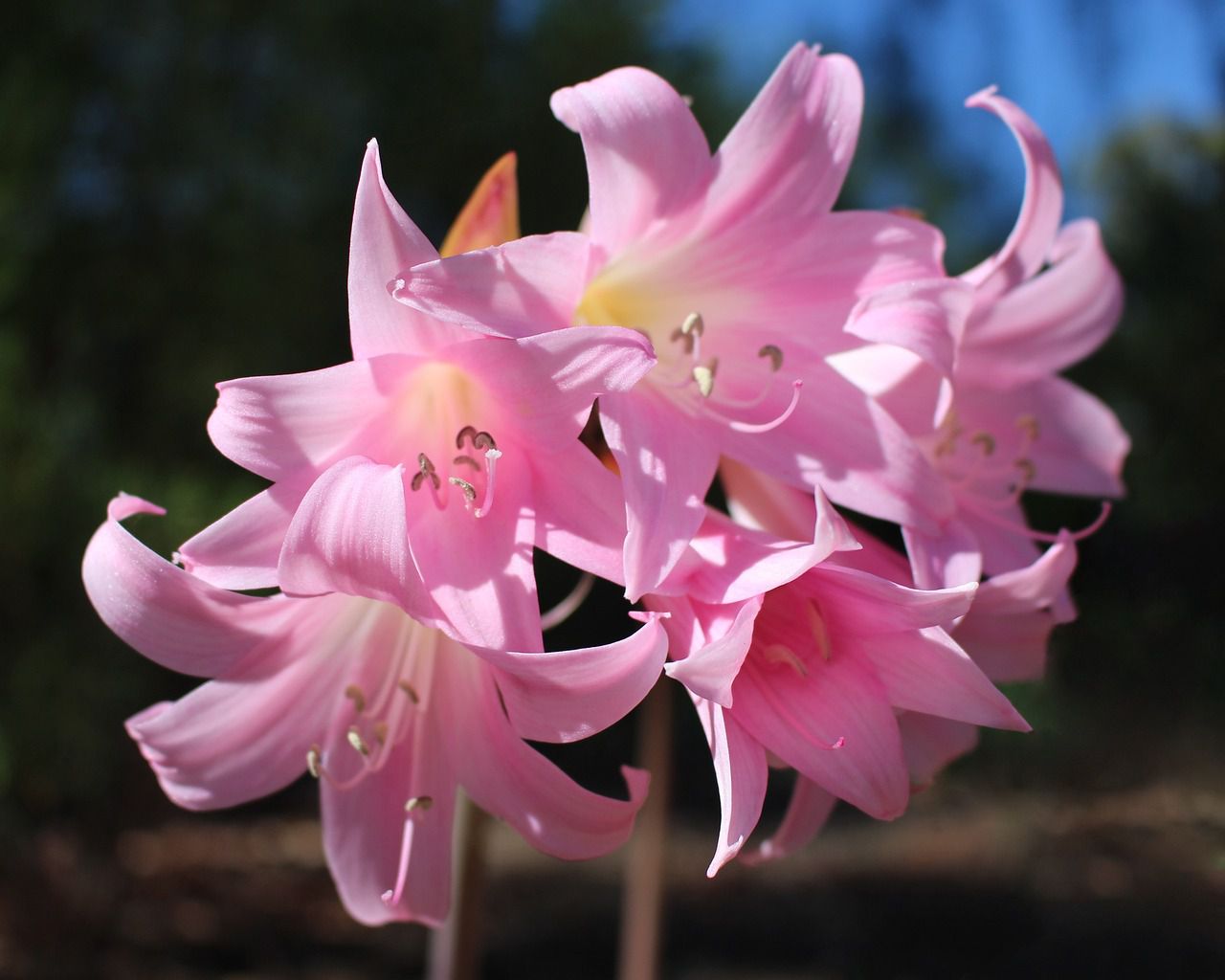Beautiful, but dangerous: Plants you better not to use in your garden
Certain plants possess stunning beauty, but can be dangerous due to their toxic or harmful properties.
These plants may cause skin irritation, allergic reactions, or even be poisonous if ingested.
Here are some examples of beautiful but potentially hazardous plants.
Oleander
Oleander is known for its vibrant, showy flowers, but all parts of the plant contain toxic compounds that can be harmful if ingested.
Ingesting oleander can lead to severe poisoning, affecting the heart and other organs.

Castor Bean Plant
The castor bean plant has attractive foliage and striking seed pods, but its seeds contain ricin, a highly toxic substance.
Ingesting even a small amount of ricin can be fatal.
Foxglove
Foxglove is admired for its tall spires of bell-shaped flowers, but it contains compounds that can affect the heart and lead to cardiac issues if ingested.
Belladonna
Also known as deadly nightshade, belladonna has alluring berries but is extremely toxic.
Ingesting even a few berries can be deadly, and contact with the plant can cause skin irritation.
Hemlock
Hemlock has clusters of small white flowers and finely divided leaves, resembling parsley.
However, it is one of the most toxic plants, containing potent neurotoxins.
Jimsonweed
Jimsonweed produces large, trumpet-shaped flowers and distinctive spiky seed pods.
All parts of the plant are toxic, causing hallucinations and other severe symptoms if ingested.
Manchineel Tree
Often called the "tree of death," the manchineel tree has small green fruits that resemble apples.
However, its sap and other parts of the tree are highly toxic and can cause severe skin reactions.
